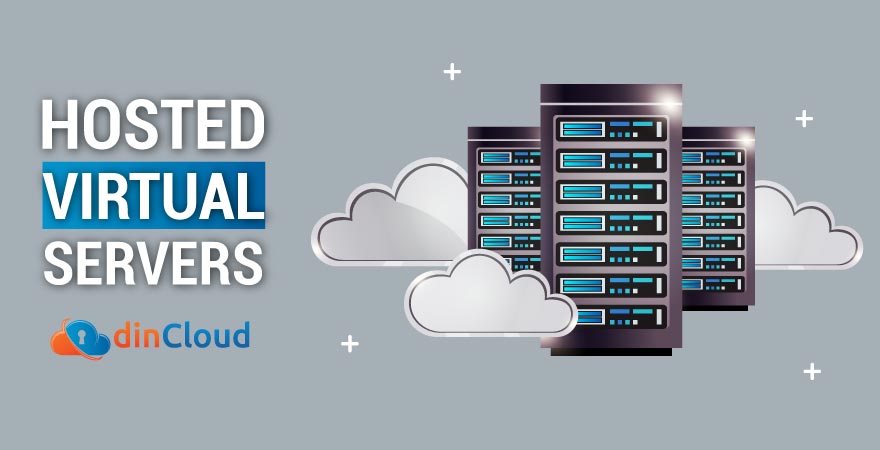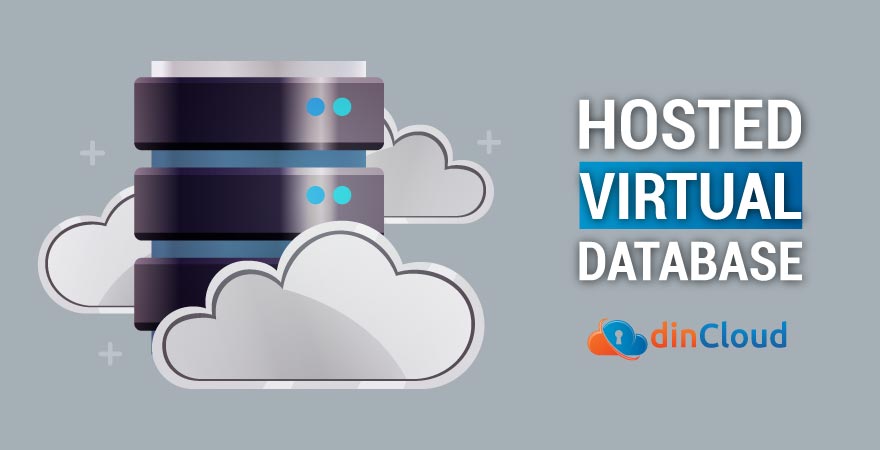The deadly covid-19 is making rapid inroads across the globe. The level of alarm was not as high until cases beyond China’s geographical borders were also confirmed. Now, the virus has attained global attention with fatalities occurring across Europe and USA in particular.

As we write this post, little is known about this virus. Even the exact means of transmission of this virus are also being explored, in addition to the quest for finding an antidote. Until that time, the only defense against this deadly virus is preventive and protective measures.
With speculation around the exact modes of transmission of the Covid-19, the immediate global response to this menace is minimal to zero physical interaction. Although this may not seem much in the context of routine social gatherings, but this self imposed quarantine is giving rise to a set of unique challenges for organizations.
Also Read:
- The Capability of Cloud Powered Networking Technologies
- 14 Reasons You Should Use a Cloud Based Accounting Software
- 6 Valuable Tips to Get Your VDI Deployment Right
Covid-19 Virus and Organizational Productivity
What a quarantine means for organizations is that employees will no longer be coming up physically to the workplace. Even if a company ensures the best sanitation and preventive measures at the work premise, the hazards of travelling to the workplace, regardless of the means, still poses a lot of threats.
This can have devastating consequences for organizational productivity, as few organizations are adequately equipped at this stage to cope with this challenge. One thing is obvious though, some work environments requiring manual labor such as production lines, assembly lines and packaging etc. will remain completely disrupted.
How to Cope with Covid-19 Virus?
The biggest challenge for organizations in the backdrop of Covid-19 is to maintain minimal functionality and operations. With coming up to the workplace no more an option, organizations are faced with the challenge of resurrecting business critical operations remotely.
Even before the outbreak of this deadly virus, remote work or work from home was a quickly developing trend, especially among technology driven companies. This was a winning situation for both the employer as well as employees. This resulted in cost cutting and improving employee motivation levels.
Mass Scale Work at Home Scenarios
The remote work scenario we have discussed above was being exercised at a very minimal scale before the outbreak of Covid-19. In routine situations, a limited ratio of employees would work remotely, while majority of the team members would still show up at work.
Covid-19 has completely changed this scenario altogether and the challenge is to equip the entire or majority of the workforce to become productive remotely. The other challenging dimensions of developing such an infrastructure are lead time and the associated costs.
In the context of Covid-19, organizations find themselves at a severe disadvantage in terms of both set up time and costs. A prolonged lead time risks disrupting business critical operations and losing valuable customers. In terms of financial resources, most organizations are facing severe constraints.
Financial Impact of Covid-19
The economic and financial impact of Covid-19 has truly started to rock the global economy by now. China was considered as the global hub for production, whether it was local production or mainstream international brands that had set up production operations across the industry friendly country.
With global means of production rapidly coming to a screeching halt and capital markets overreacting to this crisis, economies have started to shrink. A shrinking global economy is not at all good for businesses in general and cash flows or working capital in particular.
Remote Work and Financial Constraints
This grave situation warrants that the remote work solution that is put in place not only has minimal lead time, but also carries minimal financial impact for the deploying organization. From the outset, this may sound as impossible but a deeper dive into remote work platforms reveals this is very much achievable.
Cloud Computing and Remote Work
The cloud computing industry is exhibiting strong growth over the past many years. Few would have known that cloud powered solutions would turn out to be a perfect fit for this situation. The cloud is inherently built for such situations and there lies an opportunity in this crisis.
How Will Remote Work Mitigate Covid-19 Spread?
One thing is almost fully established about Covid-19 by now, which is that the virus is highly contagious. There are even rumors that it is an airborne virus, which is acting as a catalyst in spreading it but this has not yet been established beyond doubt.
By setting up remote work operations, organizations will in turn be facilitating the containment of this virus. With no need to physically show up at the workplace, the risks of spreading Covid-19 at the workplace will be largely eliminated. In this way, organizations can play their role in facilitating governments to contain the damage.
dinCloud Hosted Virtual Desktops – HVD
To work remotely, the basic component any employee would need is access to a computer. In addition to that, access to standardized or proprietary productivity applications would also be required. dinCloud is a fast growing Cloud Service Provider (CSP) with a global data center footprint and excellent track record in cyber security.

The company enjoys a distinctive position in the market due to its highly customizable cloud based solutions, offered at competitive prices. Some of its core cloud based offerings include Hosted Virtual Desktops (HVD), Hosted Virtual Servers and Hosted Virtual Databases.
Depending on your usage scenarios, one of these solutions will be more than adequate to set up your organization’s business critical operations over the cloud. This would enable your workforce to access their respective work environment remotely and remain fully productive without showing up at the workplace.
Now, let’s briefly summarize what each of dinCloud’s above virtualized products does and how it fulfills your entity’s remote work needs.
dinHVD
This is dinCloud’s Hosted Virtual Desktop. The CSP offers a fully virtualized Windows 10 operating system in its HVDs. Your employees will be able to access their VD using a browser and the internet. Before login, each employee will enter the unique login credentials and will be able to access work instantly.
The great aspect of this HVD is that your employees can access their work from multiple device platforms such as smartphone, tablet, laptop or desktop. All you need is a working internet connection and you would be good to go. In this way, your employees will be able to execute all business critical tasks over the cloud.
In case your computing needs are relatively specialized, dinCloud also overlays it’s VDs with productivity applications and enterprise software that will work as effectively over the cloud as they would have over the physical machine. The company offers fully licensed and patched software over its VDs for a seamless user experience.
dinCloud Hosted Virtual Servers
Managing and servicing powerful servers can be a challenging situation in the backdrop of Covid-19. This is where the highly capable and cost effective Hosted Virtual Servers of dinCloud come into place. Just migrate your data over dinCloud’s servers and forget about maintaining those servers altogether.

dinCloud Hosted Virtual Database
Many organizational operations require a regular interaction with databases to serve customer queries. A classic example of this scenario is an e-commerce store whose database will contain the technical and pricing information about nearly thousands or millions of products.

dinCloud offers a highly robust Hosted Virtual Database solution which is capable of handling very large databases quite effectively. Moving your database to dinCloud will imply that you may shut down your organization’s on-premise database management infrastructure and save costs, while also mitigating the effects of Covid-19.
Converting the Threat of Covid-19 into Opportunity
With the ever increasing influence of cloud based solutions over the modern workplace, many organizations were otherwise exploring the prospects of remote work. The driving factors behind such initiatives include employee motivation and cost related benefits to organizations.
Many employees, who can leverage the power of cloud to deliver their work remotely would insist on working from home. Many recruiters have also reported an increasing response rate for job openings in which employees were offered the option of remote work.
Remote work traditionally has a positive correlation with employee motivation. Employers on the other hand see it as a means of cutting down on costs. Firstly, an employee working remotely may settle for a lower remuneration and secondly, organizations save administrative costs if an employee does not use the premise.
However, few organizations would have thought that the Covid-19 virus would come out of nowhere and attach an unprecedented level of urgency to the whole scenario. It is a need of the hour that instead of viewing it as a threat, futuristic organizations can convert Covid-19 into a catalyst for moving to the cloud.
In times of such urgency, a positive aspect is that most traditional bureaucratic hurdles fade away and wheels start rolling fast. On the other hand, when employees realize that the cloud is the only viable answer to remote work mandated by the threat of Covid-19, they tend to adapt to the new environment much quickly.
Also Read:
- 2020 Outlook of the Cloud Industry and Top Cloud Players
- How to Chalk Out and Implement a Digital Workplace Strategy?
- 11 Cloud Computing Predictions for the Year 2020
Role of Cloud Service Providers in Covid-19
Now that we have built a strong case for moving to the cloud in order to ensure uninterrupted operations, it is none other than Cloud Service Providers (CSP) that will be responsible for filling this gap. Therefore, CSPs will also have to rise to the challenge and enhance their overall capabilities of catering to a rapidly created clientele.
One key aspect in addition to infrastructure needs will be providing extended support to organizations that are hastily moving to the cloud in a bid to counter the effects of Covid-19. The people in need of such support will include both an organization’s IT staff as well as the employees that will be the end users for the cloud solution.
Conclusion
While Covid-19 virus is wreaking havoc across the globe, posing a unique set of health, administrative and logistical challenges, organizations will have to brace themselves for a mid term remote work scenario. The cloud, with its inherent flexibility and virtualization, is a befitting response to this crisis.


